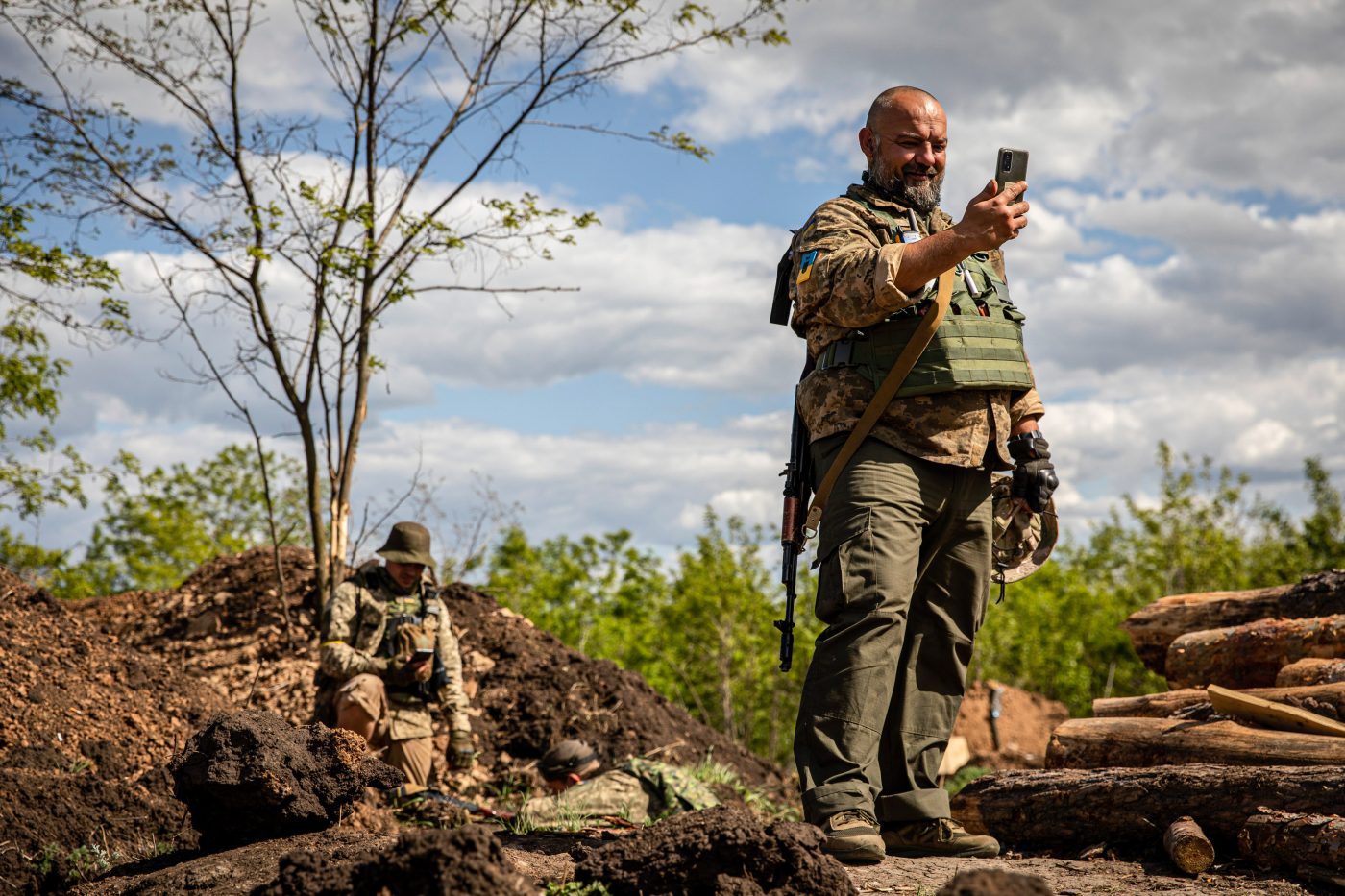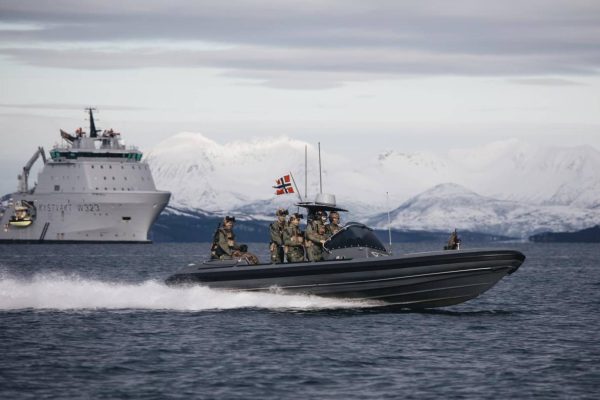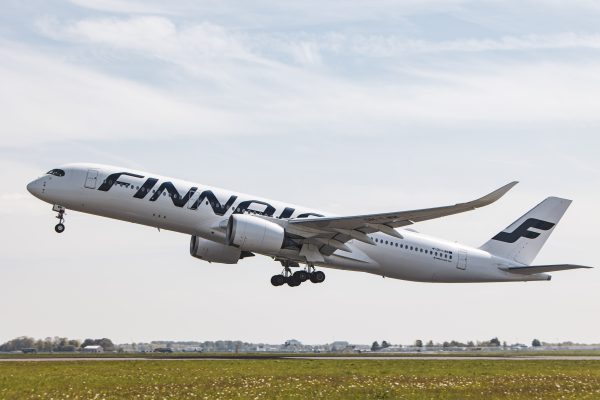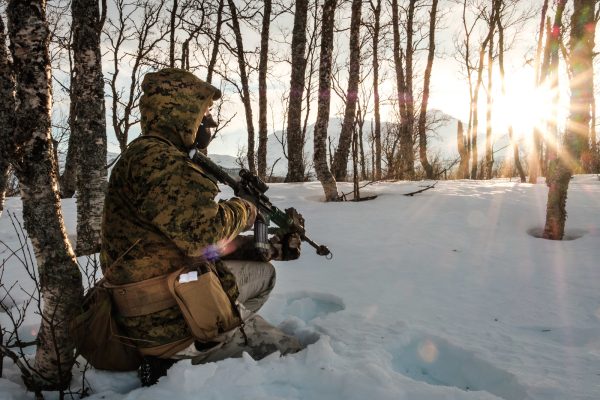The provision of modern weapon systems by NATO members, combined with the successful offensive conducted by Kyiv’s forces in Kharkiv in September 2022, and their methodical advance in Kherson later that same year, have inevitably generated high expectations in public opinion.
Since the start of Ukraine’s offensive on June 4, a widespread belief has become apparent — that Ukraine would be able to advance relatively smoothly after days of preparatory strikes against Russian positions, quickly recapture large swathes of territories, and prompt the progressive collapse of the Russian military.
The reality is very different. While in Kharkiv and Kherson districts last year, Ukraine faced overstretched and severely undermanned Russian units, the new counteroffensive must deal with a curtain of fortifications, minefields, and anti-tank ditches aimed at slowing down maneuver units, hindering the use of mechanized formations, and channeling Ukrainian attacking columns into pre-defined kill zones for Russian artillery fire, anti-tank guided missiles (ATGMs), and attack helicopters. As a result, Ukrainians must embark on very dangerous operations characterized by high attrition for personnel and equipment.
The complex net of Russian fortifications will slow the operational tempo of the attackers and provide a key advantage to the Kremlin’s forces: time. With Ukrainian units hampered by a layered belt of obstacles, the occupiers can mount and adjust defensive action more effectively, employing close air support and concealed ATGMs to disable armored vehicles, and then wreaking havoc on dismounted infantry with concentrated artillery barrages.
Ukraine’s problems are compounded by the lack of substantial air support along the frontline due to the persistent threat from Russian air defenses. Consistent with the trend seen since the beginning of the invasion, both Ukraine’s fixed-wing and rotary-wing aircraft must fly low and lob unguided rockets from afar to minimize the risk of detection by ground-based enemy radars, and have difficulty providing close air support to advancing troops, let alone executing in-depth interdiction of potential Russian reinforcements. Consequently, Ukrainian forces will struggle to conduct proper combined arms maneuver operations, with inevitable implications for the counteroffensive.
Furthermore, Russia has had time to adapt and prepare its defenses, relocating its command-and-control structure and readjusting its logistical footprint to cope with Ukraine’s newest long-range strike capabilities. While the quality and number of Russian troops deployed along the frontline are far from uniform, the latter nonetheless have the advantage of defense and can rely upon partial air superiority.
Furthermore, Ukraine must deal with the threat from the constant aerial surveillance provided by Russian drones and the resultant artillery strikes. This requires the integration of mobile short-range air defense (SHORAD) capabilities at scale, in order to counter enemy unmanned aerial systems (UAS), disrupt Russia’s tactical and operational intelligence, surveillance and reconnaissance (ISR), blind its artillery, and protect maneuver formations. This factor tends to be overlooked, but is critical for Ukraine’s military success.
In other words, Ukraine is trying what no single NATO country has done since the alliance was created in 1949: to conduct large-scale combined arms maneuver operations against a near-peer or peer adversary. It is no exaggeration to say that, at present, no NATO country, with the exception — perhaps — of the US, possesses sufficient capabilities and resources to conduct an operation like this. To put this in perspective, the only time some NATO members fought a large-scale land campaign against a conventional – albeit much weaker – adversary during Operation Iraqi Freedom against Saddam Hussein’s Iraq in 2003, they enjoyed total air supremacy.
Besides misconceptions or superficial assessments about battlefield events, the idea of a weakened and “strategically defeated Russia”, frequently used by Western officials, has also raised expectations and cemented a sense of inevitability about Ukrainian success. The problem is that our definition of defeat may differ from Russia’s.
Although at massive human and material cost, Moscow still controls more than 17% of Ukrainian territory, including the entire south-eastern coast from Crimea to Donbas. Russia retains significant military capabilities and capacity, its troops are entrenched and ousting them could take many months, possibly longer. Russia has also managed to create alternative supply chains for key components and technology necessary for its war machine, circumventing Western sanctions. Mobilization of new conscripts is also continuing at a slow pace, enabling some degree of troop rotation and replenishment, although at the expense of quality.
One could therefore argue that Russia has managed to achieve some of its original goals, through occupation and territorial control while causing long-term destabilization of a neighbor it seeks to destroy. According to military and intelligence sources from a Baltic country this author recently spoke to, Russia continues to generate strategic dilemmas for NATO, and may seek to freeze the conflict and play the negotiation card, all the while rebuilding its capabilities ahead of the next round of warfare. Are we sure strategic defeat is the correct description for Russia’s situation?
So, things are grim for Ukraine? Not exactly.
Just like over-optimistic takes, over-pessimistic ones appear unjustified. In the past few days, a series of Ukrainian probing attacks in Zaporizhzhia oblast resulted in the loss or abandonment of several Western vehicles, including valuable US-made M2A2 Bradley armored fighting vehicles and Leopard 2A6 main battle tanks. This prompted a wave of despair across social media, with many inferring the alleged failure of Ukraine’s counteroffensive.
However, while the loss of several Western armored vehicles in a single encounter should spur a serious reexamination in terms of mission planning and execution, losing less than a company-worth of equipment doesn’t jeopardize an entire offensive involving at least nine newly formed maneuver brigades (of around 40,000 soldiers), as other analysts have rightly observed. (Germany and the US almost immediately promised to replace some of the destroyed kit.) It must also be remembered that while Ukraine is maintaining a strict operational silence, Russia and its social media agents are gleefully making claims whose truth is hard to establish. Some are simply propaganda, as might be expected.
Hasty speculation based on fragmentary evidence fuels disinformation and creates a distorted picture of the situation among the general public. In turn, this may negatively impact the policy debate in Western capitals, with implications for long-term military support to Kyiv.
It’s therefore paramount for Ukraine’s partners and allies to eschew instantaneous judgments about the ongoing operation, wait patiently, and maintain military support until the objectives are achieved.
Federico Borsari is a Leonardo Fellow at the Center for European Policy Analysis (CEPA), NATO 2030 Global Fellow, and a Visiting Fellow at the European Council on Foreign Relations (ECFR). His main research interests include security and defense dynamics, transatlantic security relations, and the impact of new technologies on warfare.
Europe’s Edge is CEPA’s online journal covering critical topics on the foreign policy docket across Europe and North America. All opinions are those of the author and do not necessarily represent the position or views of the institutions they represent or the Center for European Policy Analysis.





